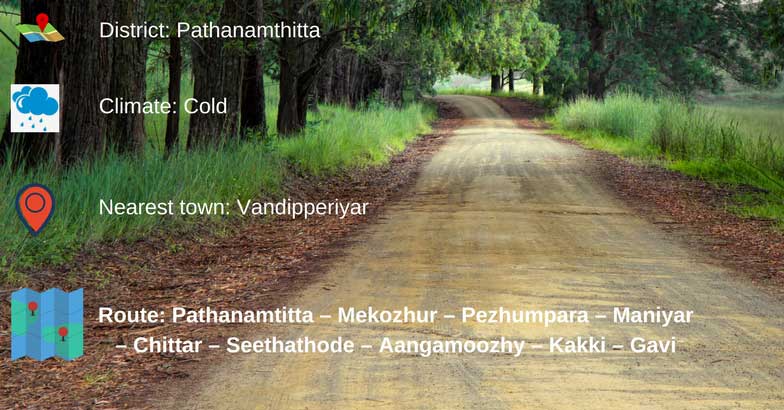Gavi: a pristine rendezvous of destination and destiny | Video

Mail This Article
The journey is the destination, they say. Perhaps, it is also destiny. Any trip to Gavi, located nearly 100 kilometers from Pathanamthitta, a district in the central Travancore region of Kerala, will unravel destiny's miraculous paths to the discerning traveler.
Pathanamthitta is better known for the hill shrine of Sabarimala, where millions of Ayyappa devotees flock every year treading the arduous path, laced with the balm of spiritual solace. Gavi is a pilgrimage of a different mold, where you can hit diverse trails.
An extra 'Ordinary' journey
The ardent aficionado would certainly hit the Pathanamthitta-Angamoozhy route, where the lush abundance of pristine nature would accompany your wanderlust for a near 100-kilometer trance. Not that the 28-kilometer journey from Vandiperiyar is any lesser an experience.
Unsolicited spotlights fell on Gavi as a tourist destination after Ordinary, a Malayalam movie starring Kunchacko Boban and Biju Menon, hit the silver screen. The film catapulted a bus service to magical realms, mainly due to the picture postcard locales that the wide canvas of the camera panned. The Pathanamthitta-Kumily bus service that waded into the fancy of film buffs has now attained snobbish proportions.
For a selfie-obsessed generation, with a new-found, self-proclaimed penchant for travel, it has become a ritual, which must be invariably thrust upon oneself. But there is indeed an old-world charm in the ordinary bus service – one starts from Pathanamthitta at 6.30 am and the corresponding service starts at the same time from Kumily.
The hidden Ramayana trails
Along the journey that meanders through the vibrant heartbeats of the forest, it is only apt that you strut through the folklore of an epic journey that vacillates between exile and kingdom.
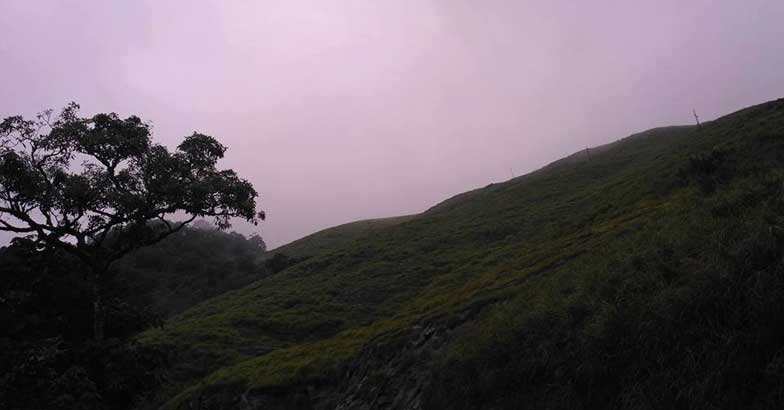
The rendezvous with Ramayana's remnants should invariably happen in a host of spots. Seethathodu and Seethamudi invoke Sita's trysts with the three exiles in her life. We never know in which of these exiles did her benign presence grace these spots.
But coming back to the realms of reality, what we do know is that a helping of any kind should ideally happen at Seethathodu as you embark into the heart of the largest rainforest range in Kerala, spread over 1,000 square kilometers.
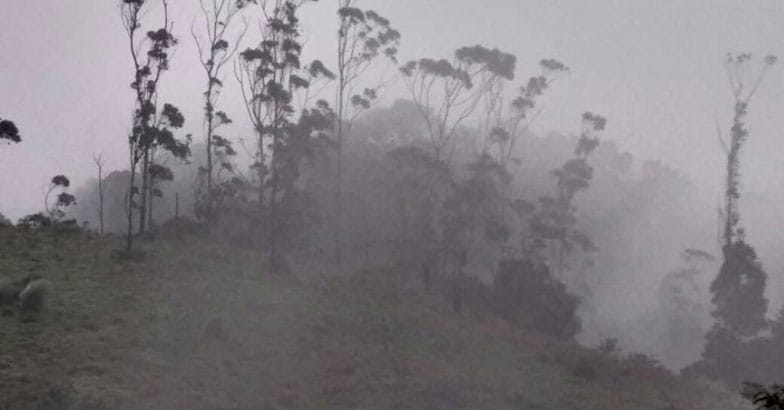
Now, you can forget about getting snacks en route. If you thought there should be some tin-box structures, which you call tea shops, there are none. That is exactly why you should make a refreshment pit stop at Seethathodu or Angamoozhy: eat your fill and pack up what’s left. The next and perhaps only place where you can hope to find food is a tiny KSEB canteen in Kochu Pampa, but that is miles away.
How to enter the Gavi forest?
The booking counter for regulated trips through the range opens at 8.30 am at the tourism center of Gootrikal forest range office in Angamoozhy. Earlier, tight curbs were in place and only 10 vehicles would be given passage permits through the forest trail. But then, as tales about Gavi's natural delights spread far and wide, the authorities have raised the number to 30 on holidays and are trying to accommodate as many as possible. Well, that explains the long-winding queues of vehicles by 7:00 am. If you happen to be a biker, you can rest your case here – no more onward journey on two-wheelers, perhaps for good.
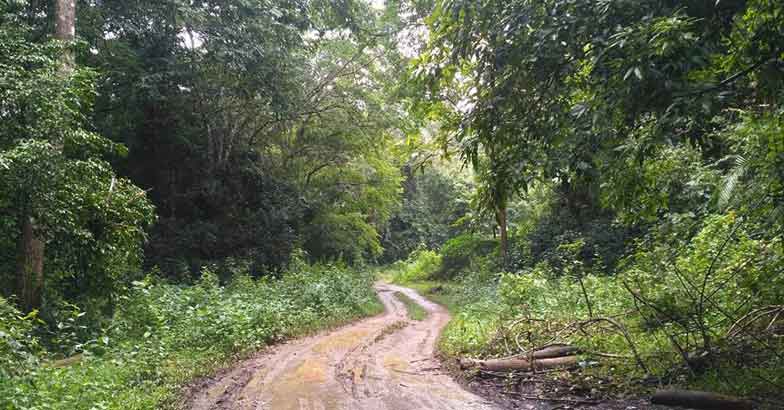
The 'ordinary' leads the way, waking up the forest
At 8:30 am, depending on the clearances on the route, based on the movement of wild animals and elephant herds, the cavalcade gets a torch-bearer – the Pathanamthitta-Kumily 'ordinary' bus, which is the first vehicle to get the nod.
It is a sort of recce, a pilot passage that sets the track for those behind. The Ordinary, they say, clears the path and serves the purpose of making the wild inhabitants of the jungles retract from the road, many stretches of which can barely accommodate the Kerala State RTC-run bus.
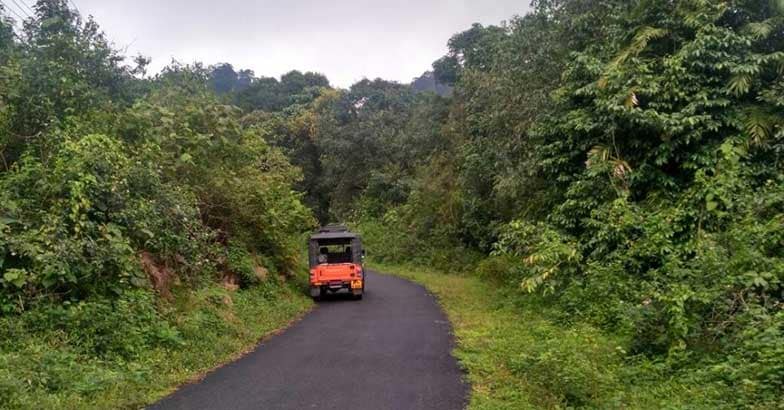
From here on, a bucolic fragrance emanating from the monsoon's brush with the fertile soil would accompany you. Those familiar with the scents of the forest would watch out for some eerie signals wafting from nowhere. It could be elephant herds, wild boar or just about anything you could spot from a safe distance, you never know. Fortunate souls have reported sighting endangered species, including the Nilgiri Tahr, but then the toil they must have endured will be unimaginable for those who travel to popular tourist spots just for the heck of it and worse, without knowing the rules of the jungle.
Gavi's water power
En route, there are five hydroelectric projects that power the state's needs.
The first one is Moozhiyar that houses the reservoir of the Kakkad Hydro Electric project. Aanathodu, Pampa, Kakki Pampa and Gavi, the dams that feed the Kerala State Electricity Board's surging power needs, are the other visual marvels on the route.
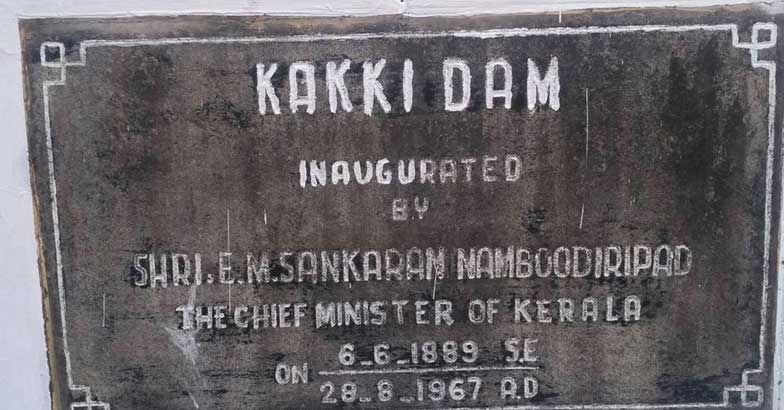
If you take a small detour after Moozhiyar dam, along the cardamom plantations that flank the route, it would lead to an unusual spot, fast-emerging must-halt.
This is the place where you can get the closest to the three huge penstocks that funnel water from the Kakki dam to Moozhiyar river. These gigantic sluice structures have now caught the fancy of revelers. Size matters, we realize.

And sound too, as the revelation dawns in Echo Rock. As is its wont, the joyous revelry of the trip finds its 'echo' if you take a little effort to howl at it. You receive what you give; true the dictum.
Near the Pampa dam, from where all the work flow related to Sabarigiri project is powered, KSEB officials mock the innumerable theories propagated by the uninitiated.

As per the wildest of them doing rounds, the water that passes through the turbines of the hydel power stations loses all its 'qualities' after the process. We do not know, what 'quality' the turbines must have sucked out from the pristine water body near the Nilakkal temple.
That Nilakkal also houses one among the Ezharapallikal, or seven-and-a-half churches, established by St. Thomas, the Apostle, in Kerala is a different story stemming from beliefs and rooted in faith.
Also read: In the footsteps of Saint Thomas
As we tread the path of wilderness interspersed with belief and faith, all the way to Gavi, folklore would unravel more such fascinating insights.
Biblical Gopher stands tall
Suddenly, we are forced to travel back in time. To the moments frozen in time immemorial when 'Noah's Ark' was constructed. Now, what is Gavi's mystical connection with the Noah's Ark, you may ask. The answer is Podocarpus wallichianus, or Gopher, a rare tree species. It is with the Gopher wood, that Noah built his ark. And two trees of this species find a place among Gavi's enchanting forests.
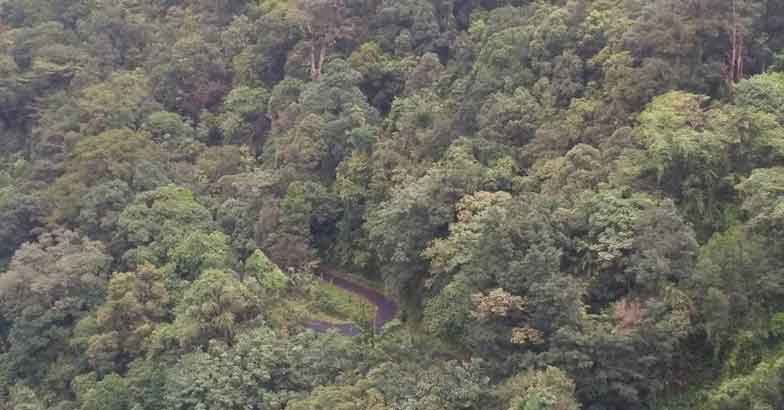
No one knows how a tree, linked to a vessel that helped the Noah family and a range of flora and fauna survive the deluge of 'Biblical' proportions, spread its roots to the forests of Gavi.
How did Gavi get its name?
Some assumptions defy logic, but then, we can never foray into the mysteries of life without such hypothesis; the serene-sounding name Gavi, for instance. Apparently, there is no clarity on the etymology of the name. Or may be, it is simply unnecessary to delve into such academic pursuits at a place, which offers a plethora of aesthetic delights.
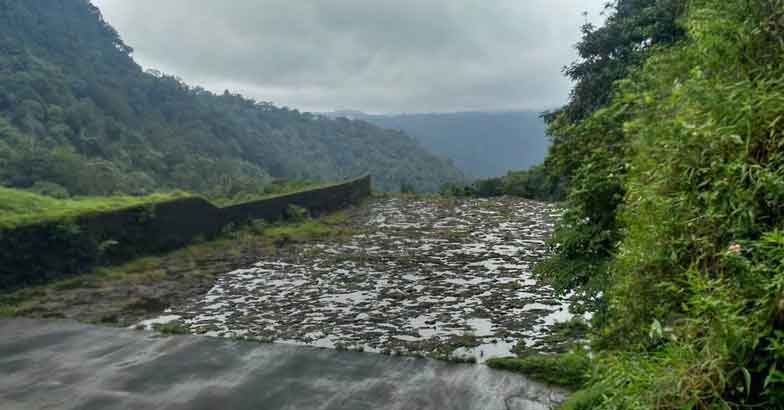
The riches of Gavi's vast forest expanse also houses a tinge of socio-political hues. The Sirimavo-Gandhi pact of 1974 that facilitated the repatriation of nearly half a million people from Sri Lanka brought a section of plantation workers there to Gavi, to pursue their vocation. The second generation of those faceless bunch of laborers are still in Gavi, but their numbers have dwindled with the passage of time.
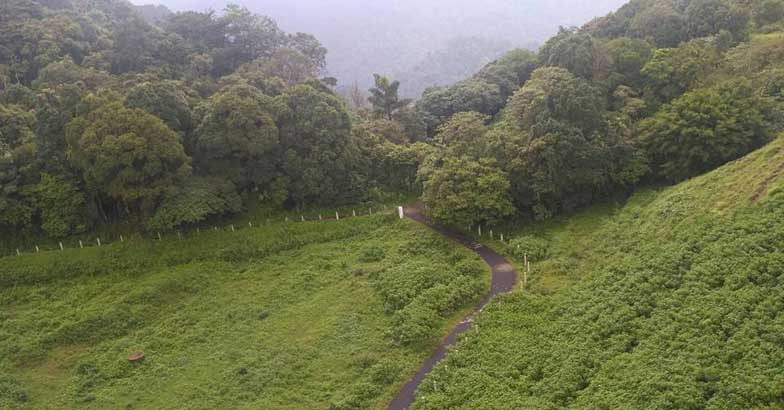
Gavi's stories never end, like the dense forest it houses. Night camps, jeep safari, trekking...the adventure trail lingers, but do not think you have explored Gavi to its fullest. We haven't even had a feel of the extraordinary journey in the Kumily-Pathanthitta Ordinary yet, or have we? If destiny comes into play again, we will grab that trip. That is why Gavi is more of destiny's play rather than the pursuit of a destination.
Read More: Places in Kerala | Travel | Celebrity Travel
